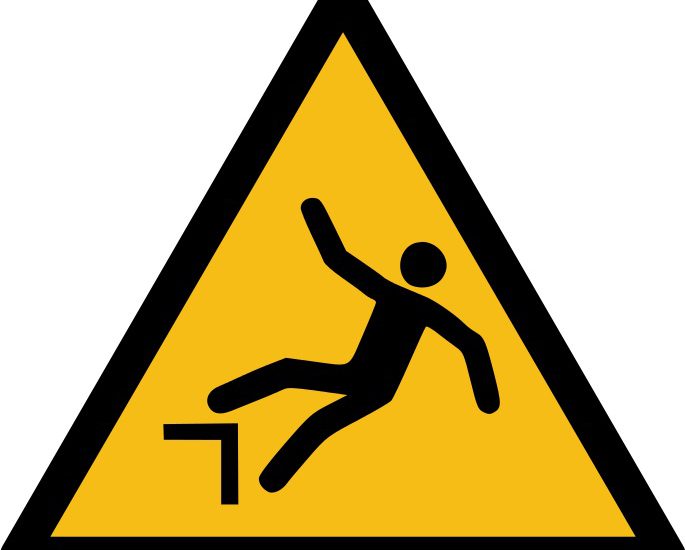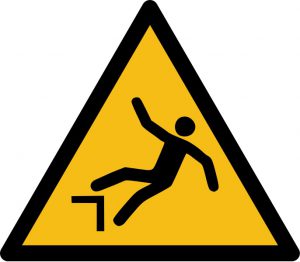- September 13, 2017
- Posted by: David Marshall
- Category: Leadership, Safety

Last week, I talked about the importance of having a disaster recovery plan, including offsite data backup storage, while I was at Robroy. We updated our plan every year, exercised our tornado and fire drills at least twice a year (so the emergency lighting could be double-checked and replaced). We even had people certified in CPR and first aid to act as first responders, in case anyone fell ill or got injured at work.
That’s because I made safety a major focus of my management philosophy, including the disaster plan and preparedness drills. But I also decided that safety wasn’t my responsibility or that of management, it was everyone’s responsibility. Which meant everyone needed to participate and create the environment of safety.
 Back in 2003, it occurred to me that we were operating in a traditional manner when it came to worker safety. We had a safety committee generally made up of first-line supervisors, first line managers, and second line managers.
Back in 2003, it occurred to me that we were operating in a traditional manner when it came to worker safety. We had a safety committee generally made up of first-line supervisors, first line managers, and second line managers.
I realized this was pretty dumb, because I had made safety a non-negotiable item at Robroy, andeveryone was responsible for their own safety, as well as the safety of their coworkers.
So I turned our council on its head and said we were going to let the people in the organization create their own safety council and give them the authority to execute on safety rules as well as give them the education to understand what is required. Whether that’s OSHA requirements, hazmat handling, or whatever the case may be, our associates were going to be responsible for dictating company-wide policy.
We empowered some of them to create the SHIELD — Safety Habits Interaction Education Lifestyle Diligence — council and come up with our new safety rules, and the managers were there to ensure their recommendations were followed and executed.
To accomplish this, I actually shut the whole company down for two days and brought in a safety consultant I had worked with before. I brought members of every one of the operating units together in one place, and they developed the program and presented it to me for approval.
Once again, I shut the company down for a day while the SHIELD Council rolled out the program at each of the operating divisions. In today’s world, that’s probably a little unconventional. But it made sense for a couple reasons.
First, it guaranteed that everyone heard our new safety rules, messages, and expectations. Everyone was guaranteed to be on the premises because they were clocked in and getting paid for their training time.
Second, it would serve to keep our employees safer, which by preventing injuries and lost time, not only kept workers safer, but it reduced our worker’s comp. People weren’t getting injured as much, and it reduced total lost time accidents to zero, which helped reduce our insurance costs, as well as maintain our productivity.
When I left, the SHIELD Council was responsible for establishing all the safety rules and policies, and making sure everyone was aware of our practices and policies. That’s because the people who were actually on the floor doing the work were the ones best suited to actually creating the policies that would protect them, and not managers who didn’t fully understand how life on the floor worked. It made an important difference in our safety because the people affected by the rules were the ones who came up with the rules.
Next week, I’ll tell you how I reduced our worker’s comp even further.
I’ve been a manufacturing executive, as well as a sales and marketing professional, for a few decades. Now I help companies turn around their own business. If you would like more information, please visit my website and connect with me on Twitter or LinkedIn.
Photo credit: Maxxl2 (Wikimedia Commons, Public Domain/CC0)

